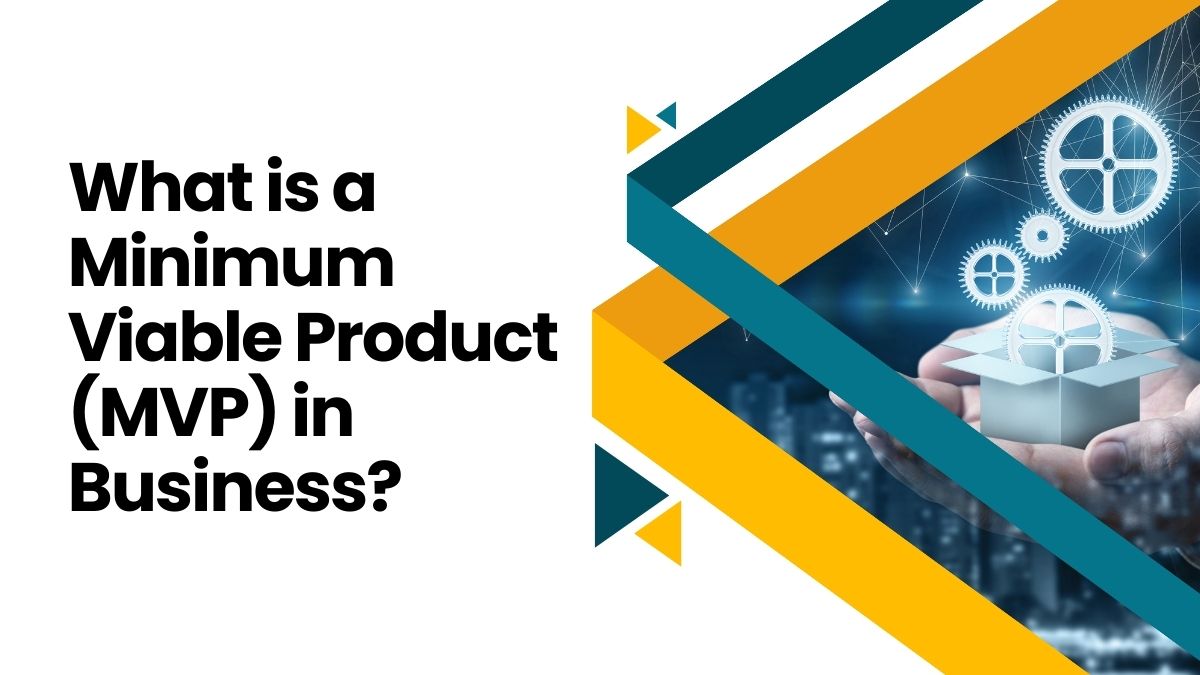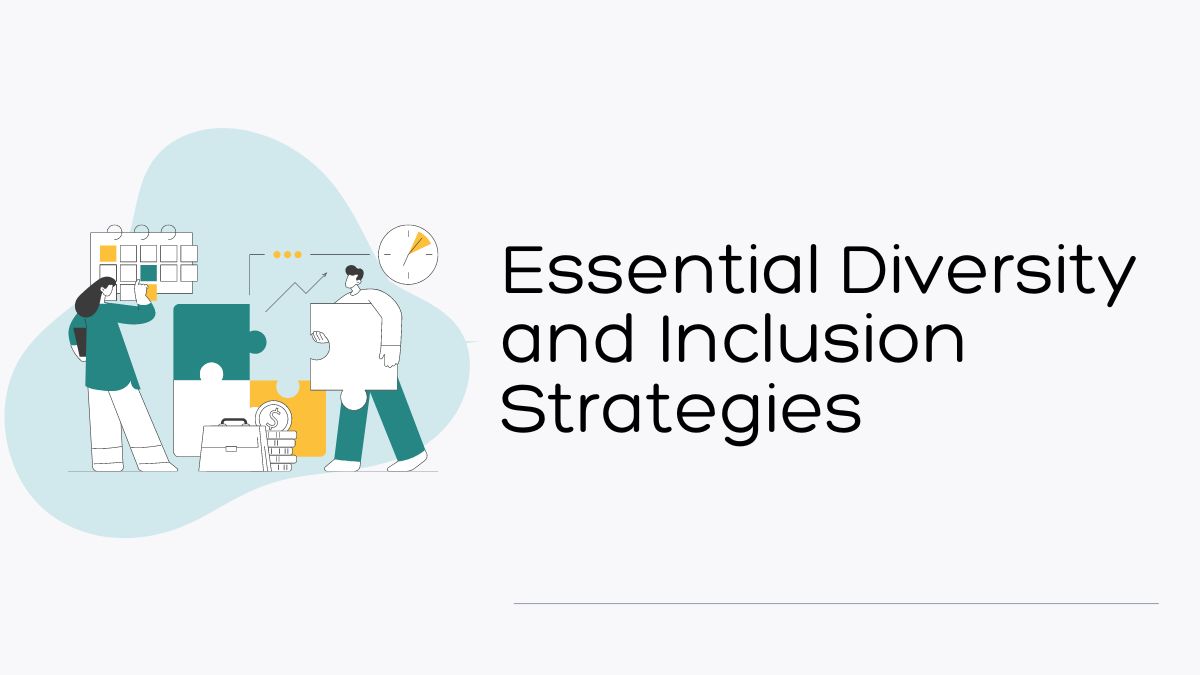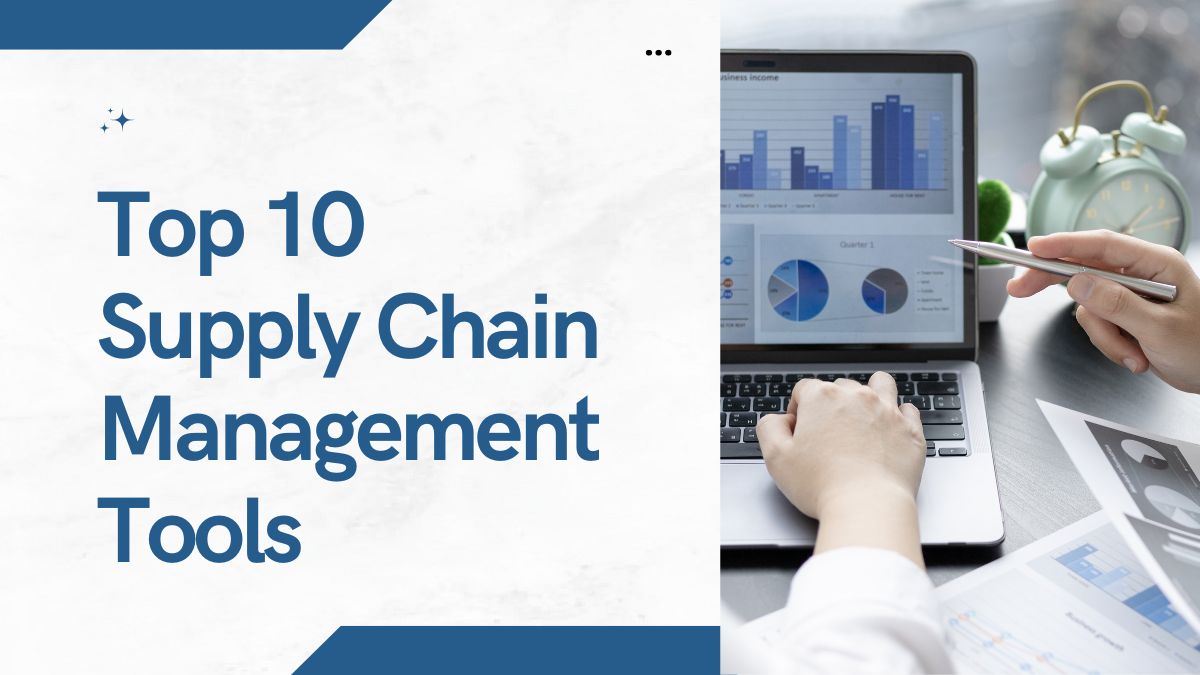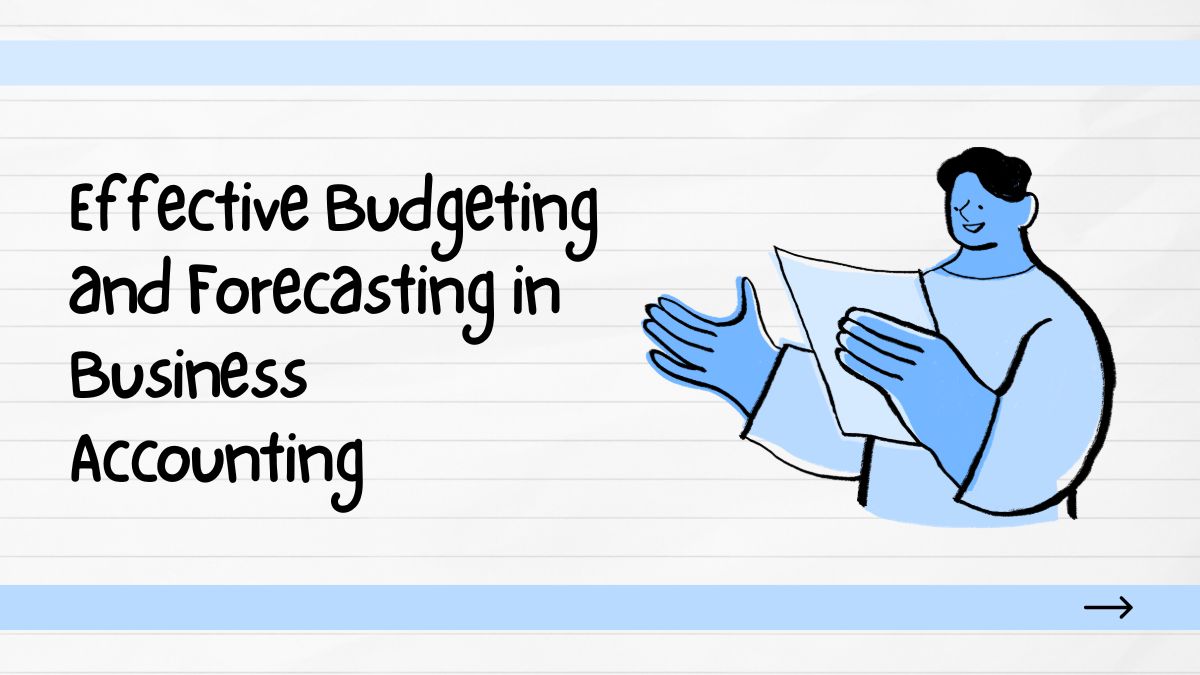Agile methodology has become the go-to approach for teams looking to move fast, deliver often, and stay ahead of the competition. But here’s the catch—while Agile is to streamline your workflow, it’s surprisingly easy to get tangled up in common pitfalls that can ruin even the most seasoned teams.
Agile mistakes are waiting at every sprint, from unclear goals to messy processes. Want to make sure you’re not falling into these traps?
Let’s dive into the most common Agile methodology mistakes and, more importantly, how to avoid them like a pro.
Understanding Agile Methodology
Agile methodology is an approach that emphasises flexibility, collaboration, and customer satisfaction. It promotes iterative development, allowing teams to deliver small, functional increments of a project regularly.
This process enhances product quality and fosters a culture of continuous improvement. The Agile movement is not opposed to methodology; many of us aim to bring back credibility to the term.
Benefits of Agile Practices
| Benefits | Description |
| Enhanced Flexibility | Agile empowers teams to adapt to changes promptly. |
| Customer-Centric | Frequent feedback ensures that the final product meets customer needs. |
| Increased Team Collaboration | Agile practices foster communication and teamwork. |
Despite these advantages, teams often encounter pitfalls that can derail their projects. Let’s delve into the common Agile framework mistakes and how to avoid them.
What are common mistakes in agile methodology?
1. Lack of Clear Goals and Vision
One of the most significant mistakes teams make is failing to establish clear objectives. Without a well-defined vision, team members may become confused about their roles and the project’s direction.
What Are the Consequences of Unclear Goals in Agile Projects?
More than clear goals can lead to miscommunication, wasted effort, and project failure.
In a recent project, a software development team needed a clearer vision for their product, resulting in a fragmented approach and delayed timelines.
2. Ignoring Customer Feedback
In Agile, the voice of the customer is paramount. However, some teams fall into the trap of disregarding feedback, assuming they know best.
How Can Neglecting Customer Feedback Derail an Agile Project?
When teams ignore customer insights, they risk developing products that do not meet user expectations.
To mitigate this risk, implement regular feedback loops, engaging customers throughout the development process.
3. Overcomplicating Processes
Agile is on the principle of simplicity. Unfortunately, many teams overcomplicate their workflows with unnecessary procedures and tools.
Why Is Simplicity Key in Agile Methodology?
A streamlined process enables teams to focus on delivering value rather than getting bogged down in bureaucracy by ensuring only the best Agile tools rather than an over-reliance on complex or redundant tools.
Comparison of Complicated vs. Simplified Processes
| Complicated Processes | Simplified Processes |
| Multiple approval steps | Direct team collaboration |
| Over-reliance on tools | Focus on essential tools. |
| Lengthy documentation | Just-in-time documentation |
Regularly review your processes and eliminate anything that does not contribute to project success.
4. Inconsistent Team Communication
Effective communication is vital in Agile environments. Yet, teams often need more communication breakdowns, leading to misunderstandings and delays.
Best Agile Communication Tools
Utilising tools such as Slack, Trello, or Jira can enhance team collaboration and keep everyone on the same page. Foster an open communication culture, encouraging team members to share updates and concerns.
5. Failing to Adapt to Change
One of the cornerstones of Agile strategy is the ability to embrace change. However, some teams resist adjustments, clinging to their original plans.
How Can Feedback Loops Improve Agile Outcomes?
Embrace a mindset that values adaptability. Encourage your team to view change as an opportunity for improvement rather than an obstacle.
How to Avoid These Common Mistakes
-
Set Clear Objectives and KPIs
Establishing clear objectives and key performance indicators (KPIs) is essential for measuring success. Ensure that every team member understands the project goals and their role in achieving them.
-
Implement Continuous Feedback Loops
Incorporate regular check-ins with stakeholders and customers. Use surveys, interviews, and feedback sessions to gather insights and make informed adjustments.
-
Simplify Processes for Efficiency
Regularly assess your workflows to identify areas for simplification. Keep only those processes that add value to the project.
-
Foster Open Communication
Encourage team members to express their thoughts and concerns openly. Create a supportive environment where everyone feels comfortable contributing.
The Role of AI and ML in Enhancing Agile Methodology
As Agile methodology evolves, so do the tools and technologies that support it. Artificial Intelligence (AI) and Machine Learning (ML) are making significant strides in enhancing Agile practices.
Using AI-driven project management tools, teams can identify bottlenecks before they impact deadlines. Integrating AI and ML courses into your training can equip your team with the skills to leverage these technologies effectively.
Conclusion: Transforming Businesses for the AI Era with IIM Lucknow and Imarticus Learning
Avoiding common Agile mindset mistakes is crucial for ensuring project success. Your team can confidently navigate the Agile landscape by implementing clear goals, fostering communication, and embracing adaptability.
The Executive Program in AI for Business is a cutting-edge course designed for professionals in Artificial Intelligence. In collaboration with IIM Lucknow and Imarticus Learning, AI and ML courses aim to empower individuals aspiring to become AI and Machine Learning leaders by offering the best learning outcomes.
Enrol now with Imarticus Learning and IIM Lucknow to elevate your career to the next level.










